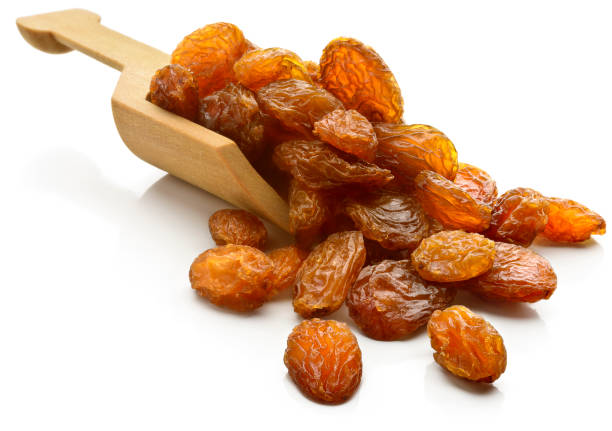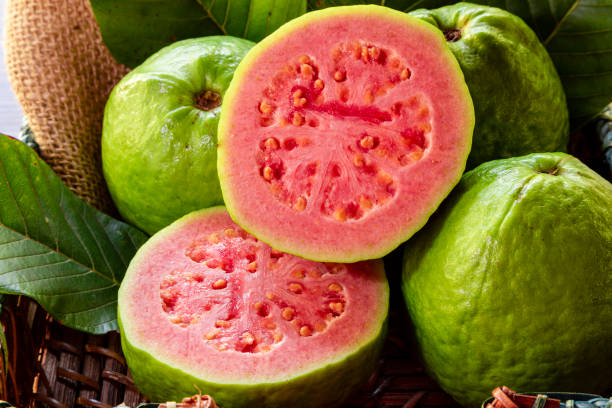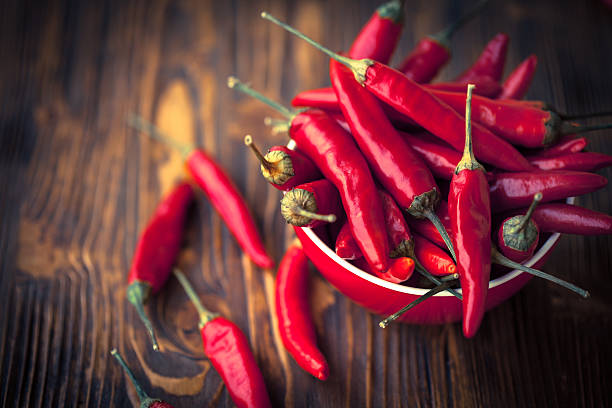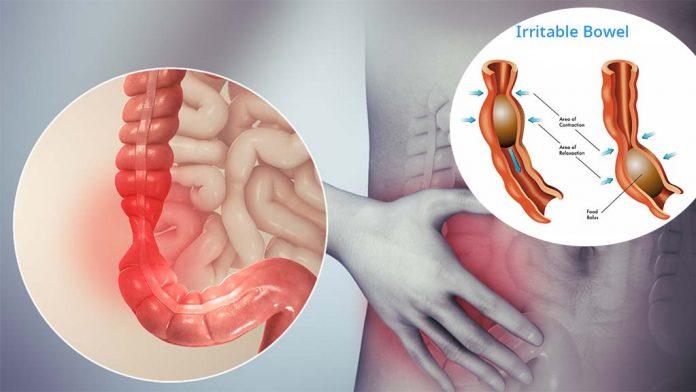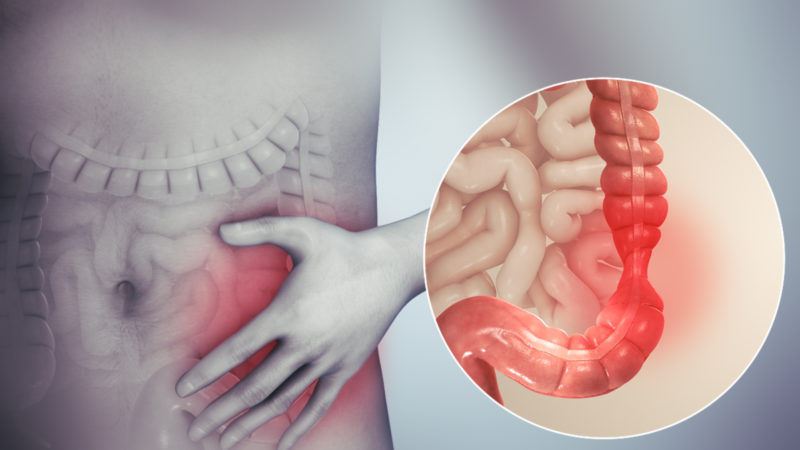It’s Time To Switch To Eco-Friendly Food Packaging
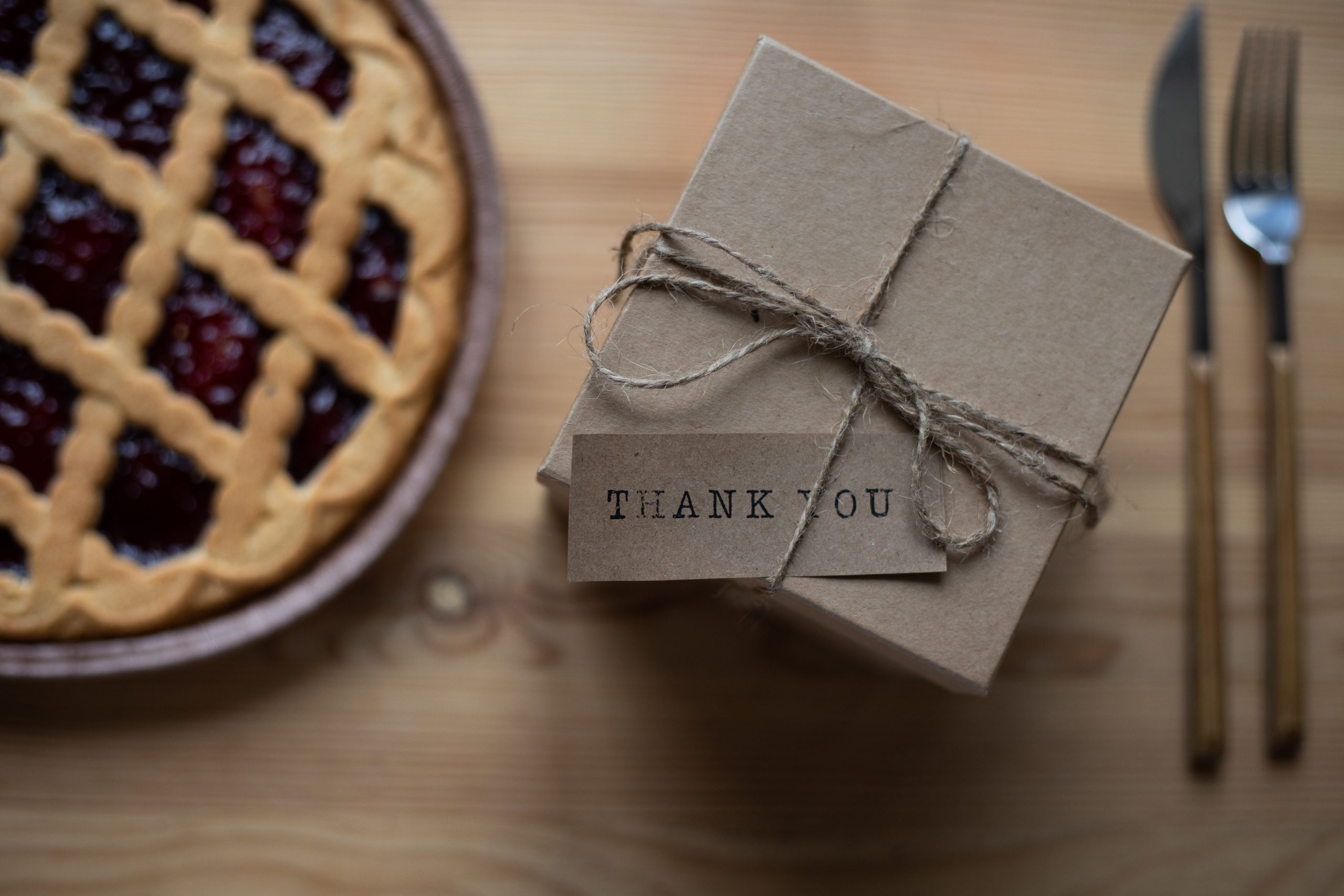
Everywhere people have been promoting the use of eco-friendly food packaging over plastic packaging. But why is that?
Around 60% of plastic produced in the world is used for food packaging. Due to human health effects and environmental degradation, non-degradable plastic packaging various people have been fighting to reduce plastic production drastically and boost recycling along with promoting sustainable food packaging.
In this article, we will talk about the best eco-friendly food packaging alternatives, along with what type of plastic to avoid.
Why is Eco-Friendly Food Packaging Important?
The major concern surrounding plastic packaging is its accumulation in landfills and the ocean. The generation of nano and microplastics and human exposure to toxins when the food packaging chemical is transferred to foods.
In addition to the chemicals that are used in the making of plastic packaging, many other non-intentionally added chemicals are found in food packages. These chemicals are toxic and increase the endocrine risks in humans.
Now biodegradable packaging alternatives are becoming more popular than ever. These eco-friendly food packaging are made using sustainable bioplastics and various plant-based extracts like wood, wheat, and bamboo that are reusable, biodegradable, and free of any hazardous chemicals.
Biodegradable food packaging options
Here are five eco-friendly food packaging options that are better for you and the planet’s health.
Glass containers
Glass has various uses in our daily life. It is recyclable, reusable, and is durable, which can be cleaned and used as transportable food packaging. Glass drinks and food containers include bento boxes and water bottles.
However, glass lids are not leak-free, which makes them unsuitable to use as a portable container for taking to school and work or on an outing.
Therefore most of the transportable glass food packaging comes with a snaplock plastic lid with silicone seal and bamboo lids which can also be used as a portable cutting board.
Make sure to use lids that are bisphenol-A (BPA) free, which is the most common endocrine disruptor playing a role in both make and female infertility and developing tumors.
These containers have a lifespan of more than three times more than plastics and can be easily recycled when discarded, which helps in reducing negative environmental impacts.
Stainless steel
Food-grade stainless steel is rust-free, durable, and heat resistant, which makes it a great eco-friendly food packaging option. Also, it is recyclable and reusable. Stainless steel bento lunch boxes are available widely; however, most products use silicone which makes them leak-free with the help of a silicone seal featuring lockable steel clips and food-safe silicone lids.
Glass storage containers with stainless steel airtight lids are good for keeping bulk foods like grains, flour, and spices.
Bamboo
Bamboo is another great biodegradable food packaging option that comes with many desirable traits like resistance to heat and durability. Food packaging made of bamboo includes countertop glass jars with portable plastic-free lunch boxes, bamboo lids, bamboo bread boxes, and bamboo serving bowls.
Always remember that food made of bamboo or any other plant fiber is less durable than stainless steel or glass and is prone to easy wear and tear.
Rice husk
Rice husk is a byproduct of rice farming that is renewable, low cost, and biodegradable. A study found that rice husk is known to have bio-adsorbent properties, which means it can absorb pollutants from the surrounding environment.
Eco-friendly packaging products made of rice husks include shatterproof serving bowls and sealable lunch boxes.
Gelatin films
Gelatin films are very popular these days to be used as food packaging because of their low cost, nontoxic properties, and reliable film forming capacity. According to the FDA (Food and Drug Administration), gelatin is generally considered safe to be used as a food additive.
Gelatin films are filled with antimicrobial cellulose that prevents the growth of common pathogens that can cause foodborne illness. These active filters help in making gelatin films and are great and safe alternatives to conventional plastic food packaging.
The two main types of fillers used in gelatin food packaging are rosin-grafted cellulose nanocrystals and microcrystalline cellulose.
Types of plastic packaging to avoid
Conventional plastic contains additives like fillers, stabilizers, flame retardants, plasticizers, and many other antimicrobials. These are petroleum-based products that are non-biodegradable and do not decompose into any natural substance.
Instead, these break down into small fragments known as nano plastics and micro plastic that can contaminate the environment and harm the natural ecosystem and even human health.
While these additives can be used to make more plastic enabling transport and food storage, the chemicals they contain can cause pollution and also increase the risk of endocrine disorders along with causing cancer in humans.
Here are three petroleum-based plastics that everyone should avoid using.
Single-use plastics
Beverage bottles, straws, styrofoam cups, bottle caps, and plastic bags are the most unsustainable, common, and inappropriately disposed of one-time-use plastic products.
Coastal areas and oceans are prone to damage caused by this one-time use of plastic packaging, causing one accumulation of plastic debris in the Pacific Ocean between Hawaii and Japan.
Plastics with BPA
BPA is a plasticizer additive that is used to make polyvinyl chloride, a material used in plastic products.
BPA not only harms the environment but also migrates from plastic food packaging to food itself.
When ingested, it can cause serious health concerns like polycystic ovary syndrome, infertility, and many other metabolic disorders.
Plastic takeout containers
Increasing use of disposable plastic packaging contributes to large amounts of waste, leading to environmental toxins and pollution.
Tips for cutting down on the use of plastic packaging
- Choose bamboo or metal straws instead of single-use plastic ones. You need to own a cleaning brush for reusable straws to maintain the hygiene of the product. You can also use paper straws that are eco-friendly as well and biodegradable.
- Choose BPA-free or nonplastic reusable water bottles. Invest in a good bottle cleaning brush.
- Use at-home water filters that are either faucets or pitchers, which help in reducing the single-use plastic water bottle.
- Skip using utensils on your next take-out order made of single-use plastic. Instead, get your own utensils.
- When you are in need of replacing a food container, pink glass containers with plastic.
- Always look for biodegradable, bioplastic products instead of conventional and petroleum-based plastic.
- Recycle the plastic food packages appropriately to reduce carbon footprint.
- Reusing and washing plastic food containers like Tupperware and zip bags help in reducing the negative environmental impacts.
The bottom line
Petroleum-based food packaging accumulates in the environment and poses many health risks, including metabolic disorders and cancer. While avoiding plastic completely is impossible, choosing eco-friendly packaging that is less toxic, biodegradable, and recyclable is one step towards preventing harmful effects on the environment and health.

